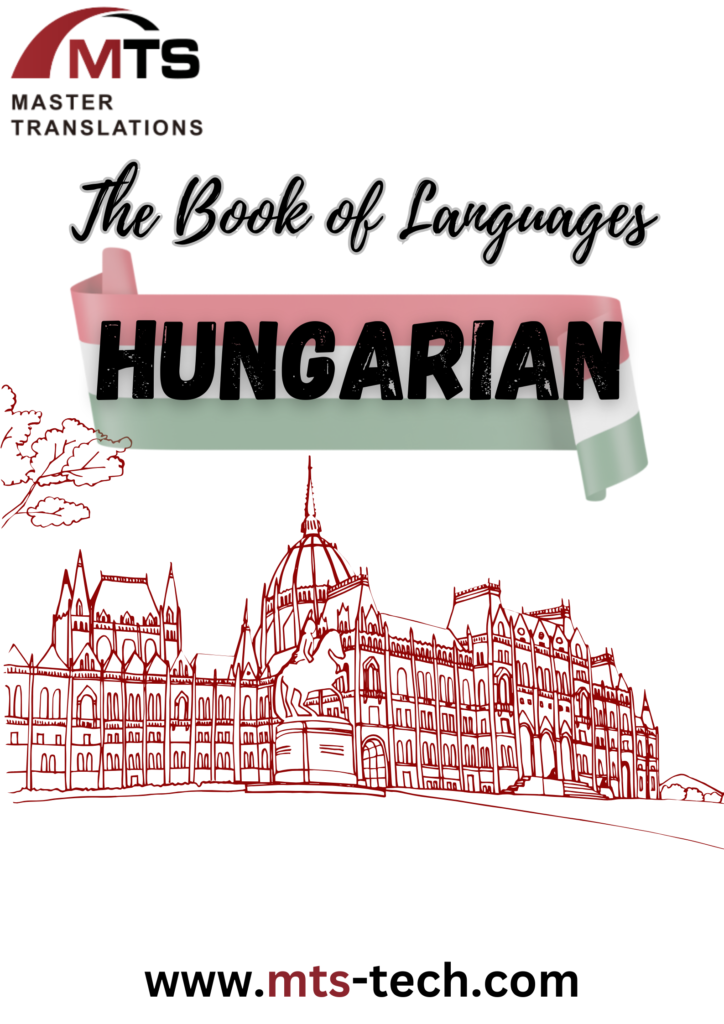
Situated in the heart of Europe, Hungarian presents itself as a linguistic enigma, distinctly separated from its Indo-European neighbors. As Hungary’s official language and a recognized language in the European Union, Hungarian belongs to the Finno-Ugric group, offering a stark contrast to the surrounding Slavic, Germanic, and Romance languages. This language’s special structure and extensive vocabulary serve as a gateway to Hungary’s rich cultural and historical landscape.

The development of Hungarian can be traced back to the early second millennium, with roots extending to the Uralic language family. The Magyars, migrating from the Ural region, settled in the Carpathian Basin around the 9th century, forming the basis of the modern Hungarian language. Throughout its history, Hungarian has been influenced by a variety of languages, including Turkish, German, and Slavic languages, as well as Latin. The 19th century marked a period of linguistic rejuvenation, with a focus on purifying the language from foreign influences and reviving its Finno-Ugric elements.
Words!
Hungarian vocabulary is replete with unique and culturally significant words. “Egészségedre,” used in toasting, translates to “for your health,” reflecting a common social gesture. The word “Szerelem,” meaning “love,” encompasses a profound and passionate emotional experience. Additionally, “Zsivány,” referring to a rogue or mischief-maker, often carries a playful or affectionate connotation.
Several aspects of Hungarian make it linguistically fascinating. It is an agglutinative language, which means it forms words and expresses grammatical relations through affixation, resulting in some notably lengthy words. Vowel harmony is another characteristic feature, where the vowels in a word adjust to each other to create a harmonious sound. Furthermore, Hungarian’s status as a non-Indo-European language in Europe makes it particularly unique, contributing to its linguistic isolation.


The significance of Hungarian extends into the realms of arts and culture. The country’s poetic and literary traditions, with contributions from renowned poets like János Arany and Endre Ady, highlight the expressive potential of the language. Hungarian folk music and dance also utilize the rhythmic and melodic qualities of the language, showcasing its integral role in national cultural expression.
For language learners, Hungarian offers a set of unique challenges. Its complex grammatical structure, characterized by numerous cases and a rich system of word formation, can be intimidating for beginners. The concept of vowel harmony, while contributing to the language’s aesthetic appeal, adds complexity to its learning. Nonetheless, mastering Hungarian is immensely rewarding, offering insights into a distinct cultural and linguistic heritage.
